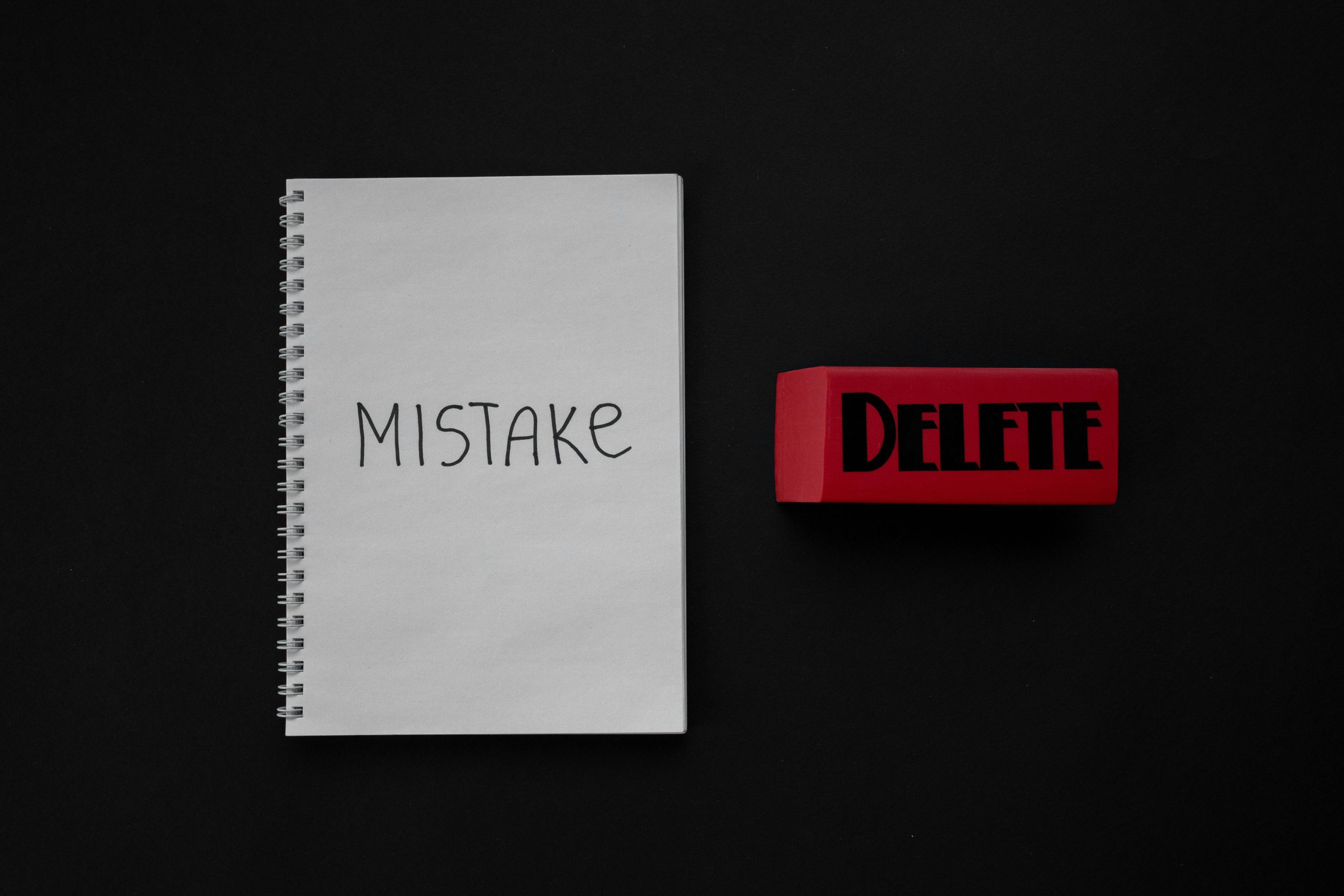
Form 8332 is of those tax forms that deserves its own country song.
It’s one of those common tax situations we don’t often discuss until after the divorce: Who gets the child tax credit benefits?
Form 8332, also known as the “Release/Revocation of Release of Claim to Exemption for Child by Custodial Parent,” is a tax form for telling the Internal Revenue Service which parent can claim their child as a dependent for tax purposes.
Usually, you can claim the child if they live with you. As in, if you’re the custodial parent. The custodial parent is defined as the parent with whom the child lives for the greater part of the year. This parent is generally entitled to claim the child’s exemptions, additional child tax credits, and standard deductions on their tax return, unless they release this claim to the noncustodial parent.
It is essential to complete Form 8332 accurately, as it establishes the noncustodial parent’s right to claim the child as a dependent. This form should be signed and attached to the noncustodial parent’s tax return every year they want to claim the child. The custodial parent can revoke this release if circumstances change. Seeking the advice of a tax professional may be beneficial to ensure compliance with the tax code and optimize tax benefits in the future after divorce.
Can a Non-Custodial Parent Claim a Child Tax Exemption?
When it comes to claiming a child tax exemption, the general rule is that the custodial parent has the right to claim the child as a dependent on their tax return. However, there are circumstances in which a non-custodial parent may be eligible to claim the child tax exemption.
To claim a child as a dependent, certain eligibility requirements must be met. These requirements include the child being under the age of 19, or under the age of 24 if a full-time student, and living with the taxpayer for more than half of the year. Additionally, the child for purposes of filing Form 8332 cannot provide more than half of their own financial support. If they do, that’s a whole other set of income taxes to deal with.
In the case of divorced or separated parents, the custodial parent is usually the one who has the right to claim dependent children. However, the custodial parent can choose to release this claim to the non-custodial parent by completing IRS Form 8332. Child support payments essentially work outside of the income tax system. They’re not taxable income for the custodial spouse. They’re also not tax deductible for the non-custodial spouse.
How to Fill Out Form 8332
To fill out Form 8332, the custodial parent must provide specific information and complete both Part I and Part II of the form. Here are the step-by-step instructions:
Part I:
- Enter the custodial parent’s name, social security number, and mailing address in the designated spaces.
- Input the noncustodial parent’s name and social security number.
- Specify the tax year for which the release is applicable.
- Indicate the number of children being released as dependents to the noncustodial parent.
Part II:
- Provide the name and social security number of each child being released.
- Check the box indicating that the child lived with the noncustodial parent for the required amount of time.
- Sign and date the form.
Once the Form 8332 is completed, the custodial parent should keep a copy for their records and provide the original to the noncustodial parent. It is recommendable to send it by certified mail or some other secure method to ensure delivery.
Reasons for Relinquishing the Right to Claim a Child Tax Credit
There are several reasons why a custodial parent may choose to release their claim. The most common reason is to allow the noncustodial parent to benefit from the child tax credits, standard deductions and even claiming head of household filing status when the household is split into two. Depending on the decree of divorce agreement, a once-married couple can create beneficial financial situation for both homes.
By relinquishing the claim, the custodial parent is granting the noncustodial parent the ability to deduct the credit on their tax return. This can have indirect benefits for both parties and the children involved.
The noncustodial parent may be able to save money on their tax liability, which can in turn be used to support the child or provide additional financial assistance to the custodial parent. It can also help the noncustodial parent qualify for other tax benefits, such as the dependent care credit or the additional child tax credit.
Form 8332 is a straightforward way for custodial parents to release their claim and provide the noncustodial parent with the tax benefits they are entitled to. It is important to note that both parents must agree and sign the form for it to be valid.
Reclaiming the Right to Claim a Child Tax Credit
When a noncustodial parent initially chooses to release their claim to the child tax credit, the custodial parent can benefit from various tax advantages. However, there may come a time when the noncustodial parent wishes to reclaim this right. Form 8332, Release of Claim to Exemption for Child by Custodial Parent, plays a vital role in facilitating this process. This form requires both the custodial and noncustodial parents’ information, including their names, social security numbers, and mailing addresses. The form also asks for the specified tax year and the number of children being reclaimed as dependents. By completing and submitting this form, the noncustodial parent can regain the ability to claim the child tax credit on their tax return. Reclaiming this credit can provide significant financial benefits and relief for the noncustodial parent, including access to the earned income tax credit, child and dependent care credit, and often, favorable filing statuses. Understanding the process and requirements outlined in Form 8332 can help noncustodial parents navigate the complexities of divorce and taxation and ensure they receive the tax benefits they are entitled to.
Obtaining Prior Year Releases on File with IRS
When it comes to claiming child tax credits and exemptions, it’s important for divorced or separated parents to have the necessary documentation, such as Form 8332. This form is used by custodial parents to release their claim to the child for tax purposes, allowing the noncustodial parent to claim the child as a dependent on their tax return.
If you need to obtain prior year releases that were filed with the IRS, the process is fairly straightforward. You have two options: contacting the IRS directly or accessing their online resources.
To contact the IRS, simply call their toll-free number and request assistance in obtaining copies of Form 8332 from previous years. They will guide you through the necessary steps and provide you with the required documentation.
Alternatively, you can visit the IRS website and access their online resources. The IRS has a section dedicated to tax forms and publications where you can search for Form 8332. Once you locate the form, you can download and print it for your records.
It’s important to keep records of prior year releases for tax filing purposes. These documents serve as proof that the noncustodial parent is eligible to claim the child tax credits and exemptions. By having the necessary documentation on hand, you can avoid any potential issues or disputes during tax season.
Other Considerations when Using Form 8332
In addition to the process of obtaining copies of Form 8332, there are other important considerations to keep in mind when using this form for tax purposes. Firstly, it is crucial for divorced or separated parents to have a clear understanding and agreement regarding the custody and support of their child. This includes establishing and adhering to a detailed divorce decree or separation agreement that outlines each parent’s rights and responsibilities.
Furthermore, it’s important to note that only the custodial parent can release their claim to the child using Form 8332, and this release is only valid for the specified tax year. It’s also important to be aware of any limitations or restrictions outlined in the divorce settlement or agreement, as this may impact the ability of the noncustodial parent to claim certain tax benefits.
Separation Agreements and Divorce Decrees
Separation agreements and divorce decrees play a crucial role in determining tax filing status and claiming child tax exemptions during and after a divorce. These legal documents outline the responsibilities and rights of both parties involved in the divorce and can have significant implications on tax obligations.
When it comes to claiming a child for taxes, the custodial parent is typically entitled to the exemption. However, the custodial parent may choose to release their claim to exemption and allow the non-custodial parent to claim the child instead. This can be done using IRS Tax Form 8332, Release/Revocation of Release of Claim to Exemption for Child by Custodial Parent.
It’s important for both the custodial and non-custodial parents to understand the procedures and requirements for using Form 8332. The custodial parent must sign the form and provide it to the non-custodial parent, who then attaches it to their tax return.
Separation agreements and divorce decrees often contain specific provisions regarding tax benefits, including child exemptions. It is essential for both parents to carefully review and understand these agreements to ensure compliance with tax laws.
Consulting a tax professional or attorney who specializes in divorce and tax matters can help navigate the complexities of separation agreements and divorce decrees in relation to tax filing status and claiming child tax exemptions. These professionals can provide guidance on the tax implications of these agreements and ensure that all relevant tax codes and regulations are followed.

Jessie Seaman
Jessie Seaman, Esq. & EA, is a Florida attorney and IRS Enrolled Agent with over 12 years of experience in state and federal tax controversy resolution. Passionate about helping individuals and businesses navigate complex tax challenges, Jessie combines her legal expertise with a dedication to education, often mentoring future tax professionals and speaking at national conferences. A double major graduate from the University of South Florida and a Juris Doctor recipient from Florida Coastal School of Law, she has overseen tens of thousands of tax resolution cases, from simple privacy plans to high-profile matters. Jessie currently resides in Chicago, enjoying outdoor adventures with her Pomsky, Fisher.







